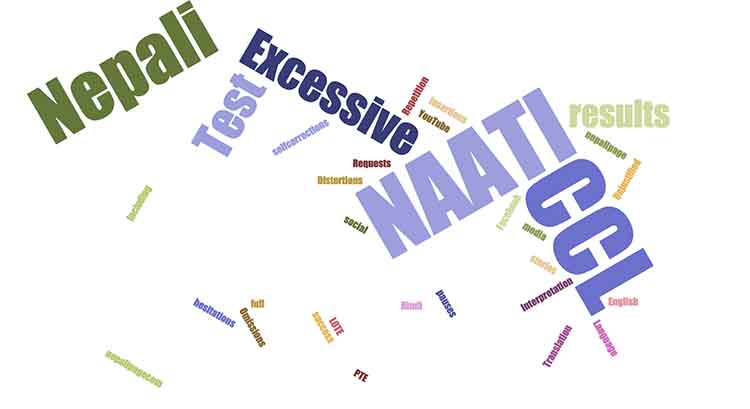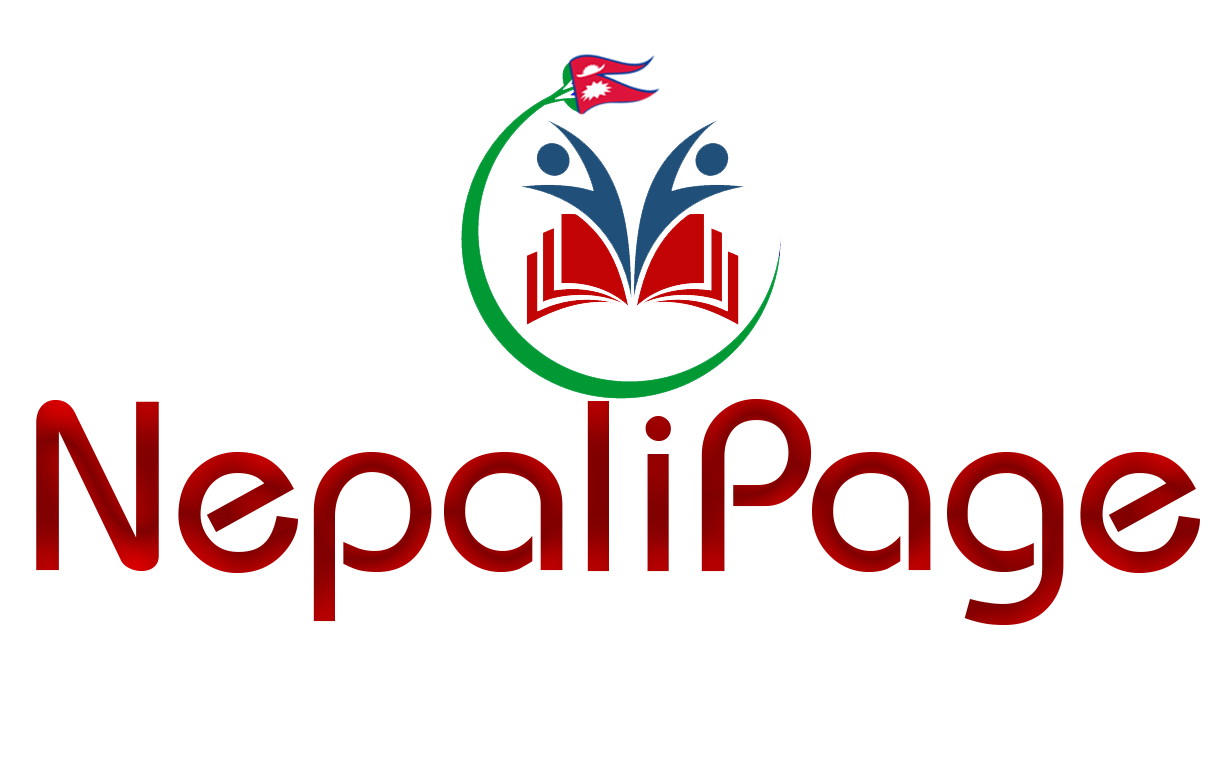NAATI, generally what we understand by this is the test consists of 2 dialogues between two speakers one Nepalese and another English; we have to interpret both speaker’s statement and if we passed we will get 5 extra points in the migration process. But the actual test we understand with NAATI is Credentialed Community Language (CCL) Test that examines a candidate’s ability to understand and interpret message expressed in English and language other than English (LOTE). For Nepalese speaker, the test is understood as CCL Nepali or NAATI Nepali.
The CCL Nepali test is not only a simple language test that examines skills and command over language; it also tests social and cultural understanding of Australia. For migration seeker, this is a comfortable pathway to get bonus skilled migration points in point-based visa applications for Australian permanent residency. Which is known and understood as a bonus five points for permanent residency in Australia. As per the Department of Home Affairs’ requirements for skilled migration setting in such point-based permanent residency visa, as subclass 189, state-sponsored permanent residency visa subclass 190 and regional provisional visa 489 students or international migrants passed the CCL Test can claim 5 points for their skilled visa application. [ads2]
Read Also: Reasons student fail NAATI CCL Test

Many of us are aware of the NAATI CCL Nepali and its testing format (two dialogues consists of 8-10 sequences almost half in English and another half in Nepali) and test taker has to transfer meaning into English and Nepali simultaneously with chime signal. Though this test is in form of a dialogue between two different languages i.e. English and Nepali users one need to read and understand Australian society and state systems as well as it’s way of function. That gives the test taker background idea in which dialogue takes place.
There is a huge upsurge in NAATI CCL Nepali test booking with growing concern on a change in the pass and pull marks for migration points. With this concern, many students have applied for test and started preparation of it. Besides the growing number of test takers passing rate for the NAATI CCL Nepali is not so impressively raised, before it was understood as about 10-15%. This post discusses three skills vital to pass the test.[ads1]
Note Taking
Note taking weigh very important part for success in NAATI CCL Nepali success, though the test consists of two dialogues and test taker has to interpret sequences. Test taker hears the recorded dialogue between two speakers and interprets into opposite language (LOTE) and English after the few seconds after a chime signal. In this course, to understand and translate instantly into another language test taker has to take note because one sequence might include up to 35 words. This sounds really hard to get, understand and interpret without taking note, so note taking skill is vital to make a performance enough to get 63 out of 90.
Comprehension
No one can interpret dialogues and communications without comprehension skill. Ability to understand the scenario, the dialogue takes places as well as meaning they exchanging is very important to make a sound interpretation in real-life as well as NAATI CCL Nepali test. For NAATI’s CCL Test it’s very important to understand all aspect of the dialogue so you do not distort the meaning.
Public Speaking
The test taker has to speak after listening audio recording in their NAATI CCL Nepali test. To keep interpretation smooth and natural one need to develop public speaking skill this helps to maintain confidence during the test as well as improves the quality of delivery. If you have developed public speaking skills it will help to avoid excessive pauses, hesitations, and self-correction. In the test room there be such table and sitting arrangement where test taker would not be face to face with test invigilator who plays, pauses, record and resume test activities, this helps you very much.











